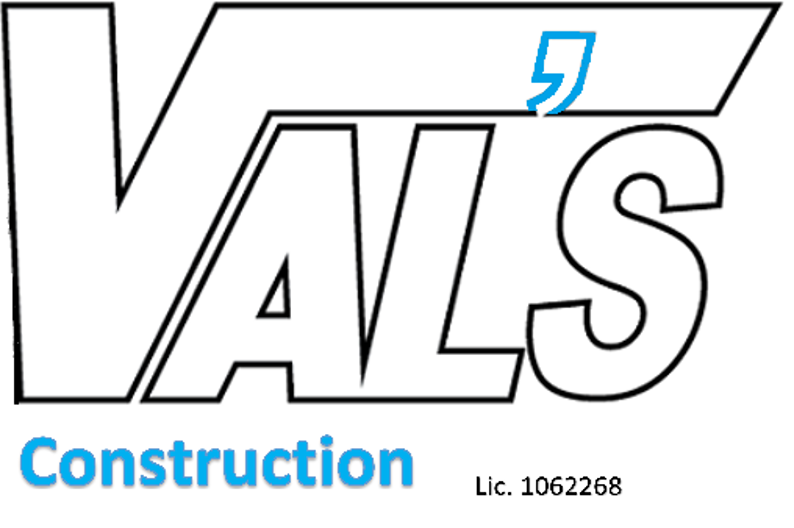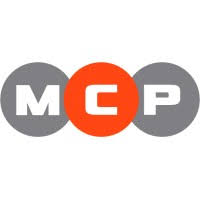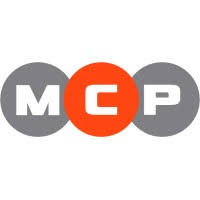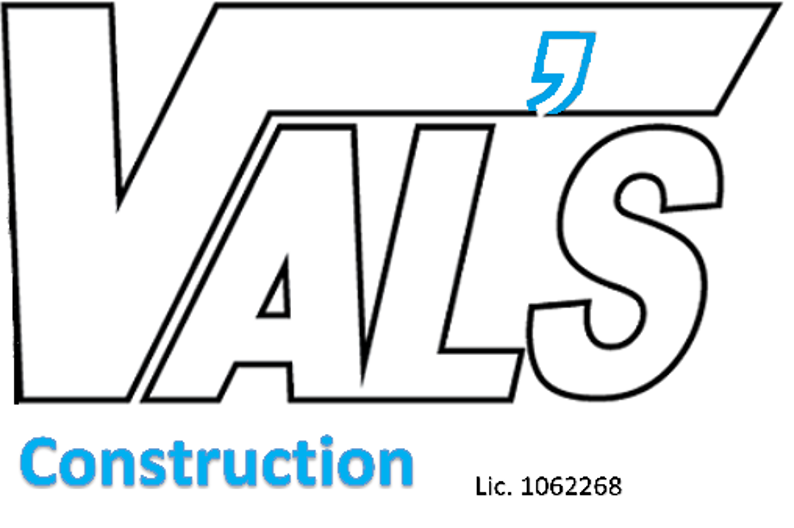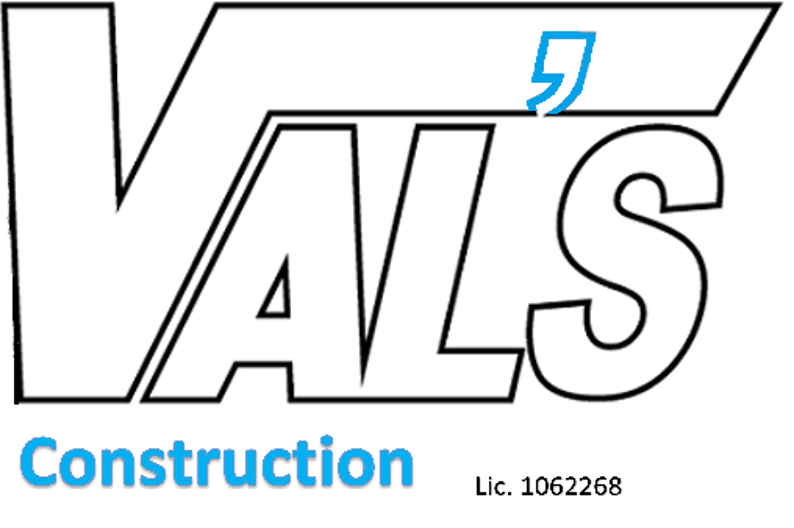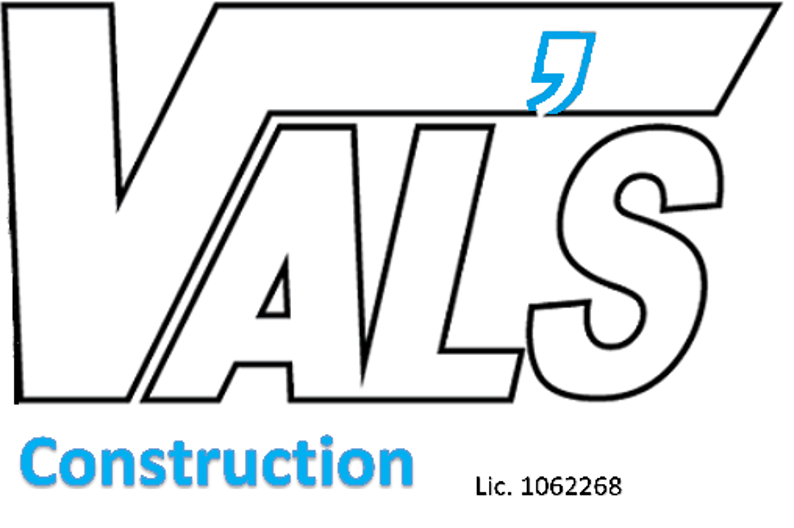Title Page
-
Document No.
-
Audit Title
-
Client / Site
-
Conducted on
-
Prepared by
-
Location
-
CBA Staff on site
SITE AND SERVICES
-
Can everyone get to their place of work safely – and work <br>there safely?
-
Are access routes in good condition and clearly signposted?
-
Do edges that people could fall from have suitable <br>edge protection?
-
Are holes protected with clearly marked and fixed covers <br>to prevent falls?
-
Is the site tidy, and are materials stored safely?
-
Is lighting good enough?
ELECTRICITY AND OTHER SERVICES
-
Are electrical extension cords connected to power tools using <br>a Residual Current Device (RCD) or Isolating Transformer?
-
Are cables and leads protected from damage?
-
Are tools and equipment checked by users, visually <br>examined on site and regularly inspected and tested <br>by a competent person?
PROTECTING THE PUBLIC
-
Is clear signage present to warn people of danger?
-
Is the worksite fenced off from the public?
-
When work has stopped for the day is the boundary secure?
SCAFFOLDS
-
Are scaffolds erected, altered and dismantled by <br>competent people?
-
Are there effective barriers or warning notices in place <br>to stop people using an incomplete scaffold, eg where <br>working platforms are not fully planked?
-
Are additional guards provided to prevent stacked <br>materials such as tiles falling from scaffolds <br>(eg kickboards, toeboards or screens)?
-
Does a competent person inspect the scaffold or proprietary <br>mobile scaffold regularly, eg at least once a week; and always <br>after it has been altered, damaged and following bad weather?
LADDERS
-
Are they in good condition?
-
Is the user competent? Those using ladders should <br>be trained to use the equipment safely.
-
Can users maintain three points of contact at all times?
-
Are materials being transported safely, ie not carried <br>up a ladder?
MOVING MATERIAL - MANUAL HANDLING
-
Have people been instructed and trained how to use <br>lifting aids and other handling equipment safely?
WORKING WITH VEHICLES AND MACHINERY
-
Are vehicles and pedestrians kept apart?
-
If not, do you: <br>– provide barriers to separate them as much as you can?
-
When passing mobile plant is necessary, are pedestrians making eye contact with the driver?
TOOLS AND MACHINERY
-
Are the right tools or machinery being used for the job?
-
Are guards secured and in good repair?
-
Are tools and machinery maintained in good repair <br>and are all safety devices operating correctly?
-
Are all operators trained and competent?
HAZARDOUS SUBSTANCES
-
Have you identified all harmful substances and materials, <br>such as asbestos, lead, solvents, paints, cement and silica <br>dust (eg from cutting concrete, bricks, rocks etc)?
-
Is protective clothing and respiratory equipment provided?
-
Have workers had information and training so they know <br>what the risks are from the hazardous substances used <br>and produced on site, and what they need to do to avoid <br>those risks?
-
Have you arranged health surveillance for employees <br>exposed to certain hazardous substances (eg lead, silica, <br>cement, sensitisers such as twopack adhesives or coatings)?
NOISE
-
Have you identified and assessed workers’ exposure <br>to noise?
-
Have workers had information and training so they know <br>what the risks are from noise on site, and what they need <br>to do to avoid those risks?
-
Can the noise be reduced by using different working <br>methods or selecting quieter plant, eg by fitting breakers <br>and other plant or machinery with silencers?
-
Is suitable hearing protection provided and worn <br>in noisy areas?
PERSONAL PROTECTIVE EQUIPMENT
-
Is suitable equipment provided to protect the head, eyes, <br>hands and feet where appropriate?
-
Do workers wear their protective equipment, and do they <br>wear it correctly?
-
Have workers been trained in the safe use, care and storage <br>of protective equipment?
WORKER WELLBEING AMENITIES AND FACILITIES
-
Has a suitable toilet been provided?
-
Is there a clean wash basin, hot/warm water, soap <br>and towel?
-
Is wet-weather gear provided for those who have <br>to work in wet conditions?
-
Is there a place where workers can take shelter and <br>have meals? Do they have access to drinking water?
-
Is there a suitable first-aid kit?
WORKLOADS AND FATIGUE
-
Do workers take regular, quality rest breaks in their <br>working day?
-
Are working hours reasonable and not too long?
-
Is work scheduled to allow enough time for completion?
-
Are monitoring and limitations in place for overtime worked, <br>consecutive night shifts, shift swapping and on-call duties?
ALCOHOL AND DRUGS
-
Is there a policy and procedure in place to constructively <br>manage alcohol- and other drug-related hazards?
-
Are workers monitored for signs of alcohol and drug use? <br>(Eg dizziness, slurred speech, drowsiness, sudden <br>aggressive or violent behaviour, lack of or impaired <br>coordination/relflexes.)
EMERGENCY SITUATIONS
-
Are there emergency procedures, eg for evacuating <br>the site in case of fire?
-
Do people on site know what the procedures are and <br>where the nearest emergency centre is?
-
Is there a means of raising the alarm, and does it work?
-
Is there a way to contact the emergency services from site?
-
Are suitable fire extinguishers provided?






